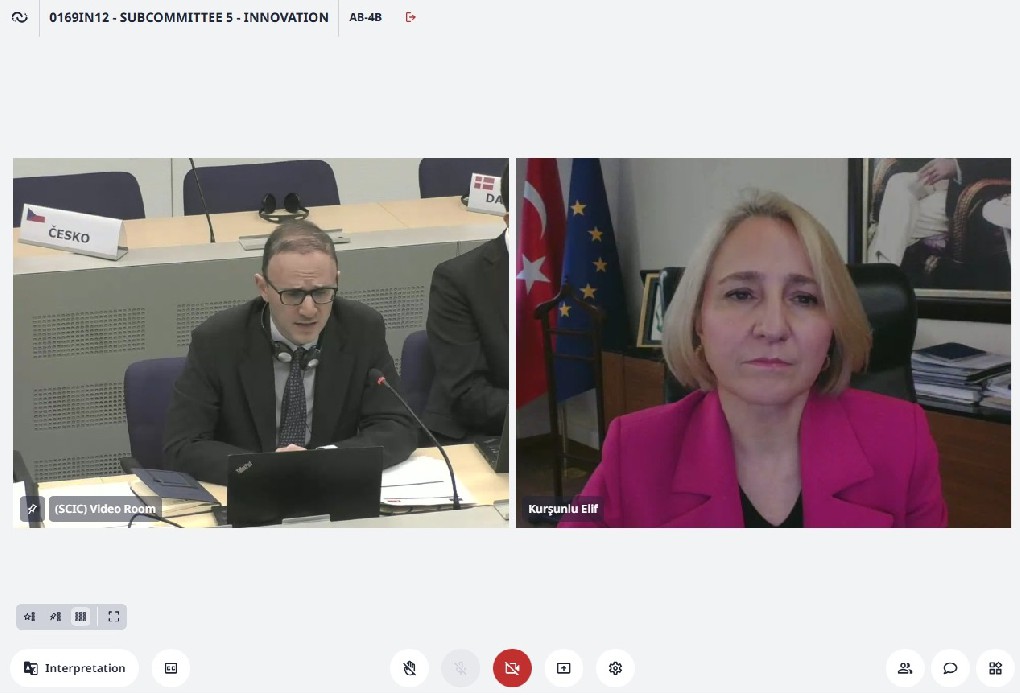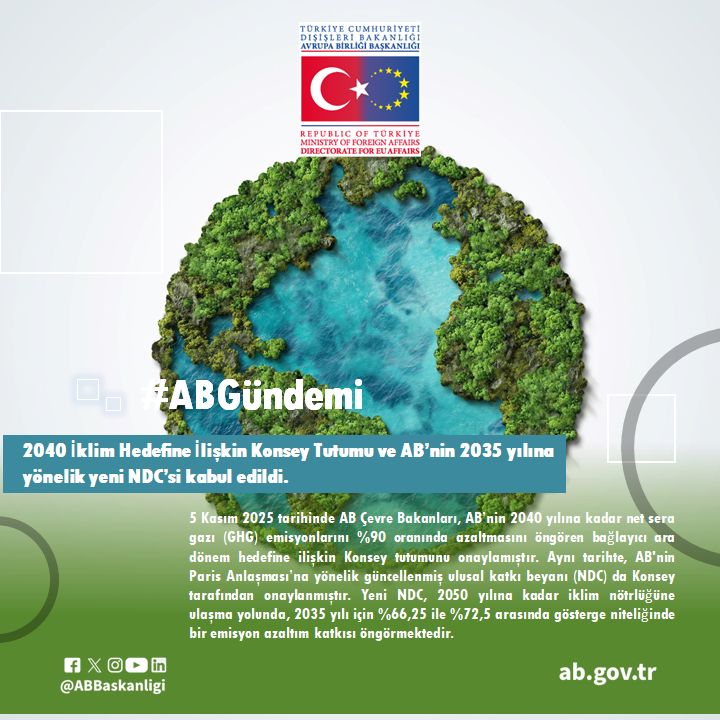- HOMEWelcome
- DIRECTORATE FOR EU AFFAIRSStructure
- E.U.Structure
- TÜRKİYE-EU RELATIONS
- History of Türkiye- EU Relations
- Main Documents
- Agreements
- Protocols
- Accession Partnership Documents
- National Programmes for the Adoption of the Acquis (NPAA)
- Türkiye Reports Prepared by the European Commission
- Enlargement Strategy Papers
- Türkiye’s National Action Plan for the EU Accession
- Türkiye’s National Action Plan for the EU Accession (2021-2023)
- Association Council Decisions
- Documents on Türkiye-EU Summits
- Institutional Structure
- Customs Union
- Türkiye- EU High Level Dialogue Meetings
- DATASources
- MEDIANews
- CONTACTContact Us
The EU Commission has adopted a package that includes the revision of the Directive on Weights and Dimensions, along with two regulations—one focusing on the more efficient use of rail capacity, and the other on the calculation of greenhouse gas emissions
Freight transport is one of the most important sectors for the EU’s trade and the Single Market. But it is also responsible for over 30% of transport CO2 emissions. With the proposal adopted by the EU Commission on July 11, 2023, it is aimed to reduce greenhouse gas emissions from transport, to strengthen the infrastructure of rail freight transport and to encourage the use of zero-emission lorries in road transport.
The package, adopted by the EU Commission, includes the revision of the directive on weights and dimensions and two regulations - one on more efficient use of rail capacity, the other on the accounting of greenhouse gas emissions from transport services.
Weights and Dimensions Directive sets the maximum weight, length, width and height for heavy-duty vehicles. The proposal allows an additional weight of 4 tonnes for standard zero-emission vehicles, as well as for those in intermodal operations. Within this scope, the maximum weight would be 44 tonnes for a standard zero-emission lorry and 48 for a zero-emission lorry used in intermodal operation. Increasing the capacity of zero-emission vehicles will enable the same amount of cargo to be transported in fewer trips and in a cleaner way. The proposal also aims to harmonize the rules applied in transport in the member states. With the harmonization of the rules, the same standards will be applied in all countries and the time loss caused by the differences in the rules applied in the member countries will be eliminated.
Another proposal is the draft CountEmissionEU regulation, which aims to provide a reliable and standardised formula for calculating greenhouse gas emissions. Through this proposal, the EU Commission offers a standardised formula, a way of calculating emissions based on an ISO standard - an international standard - for use by transport companies, operators, and providers. The European Environmental Agency, working with a project funded under Horizon Europe, will build a database of standard emission default values. In the light of the this database, it is aimed to create a user-friendly solution to be used in the calculation of greenhouse gas emissions.
The last proposal in the package includes the Regulation on the use of railway infrastructure capacity within the Single European railway area. It is important to plan railway capacity and to work in cooperation with railway operators. The proposal includes the necessary arrangements for the cooperation of infrastructure managers in rail freight and passenger transport, the efficient use of railway slots, and the reduction of waiting times in rail transport. In this context, it is aimed to reinforce the existing network of infrastructure managers, putting an operational entity in charge of coordinating the planning of rail slots and crossborder traffic and to plan the railway transport in line with the market needs instead of rigid annual timelines.
The proposals will now be considered by the European Parliament and the Council in the ordinary legislative procedure.
For more information:
The EU Commission press release:






